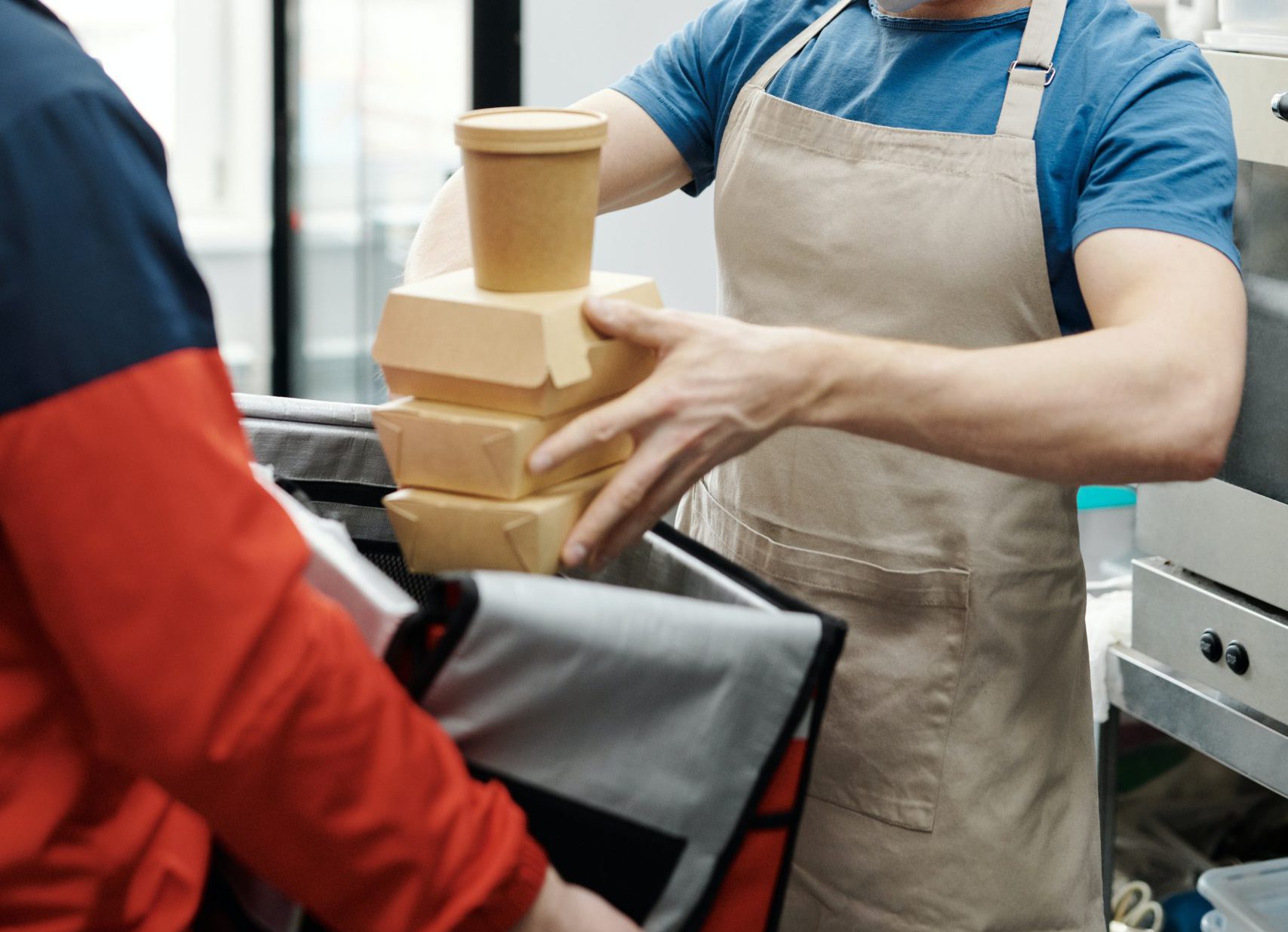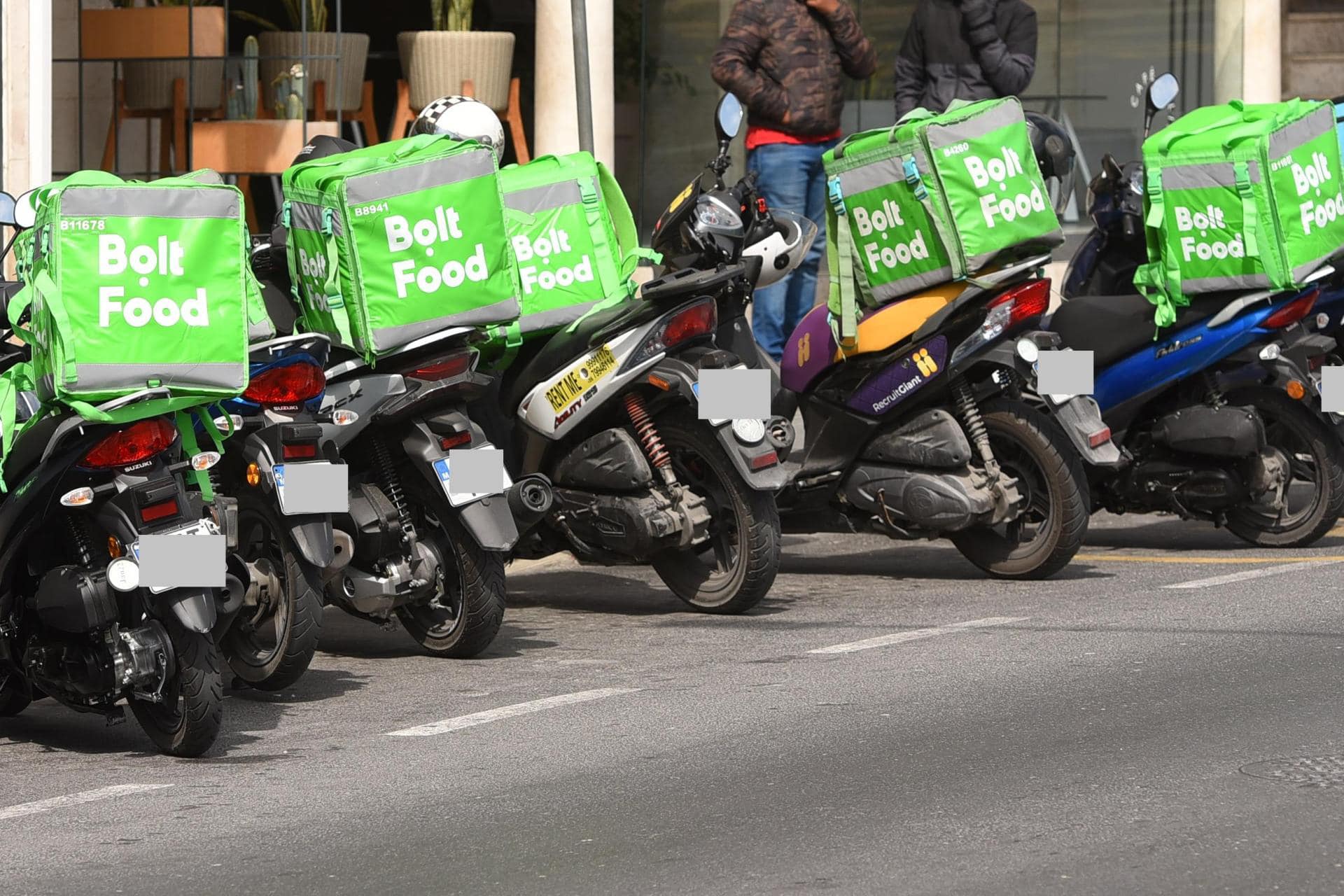Local restaurant worker, Christian Calabrò from The Meatball Guys, explains why food delivery prices are high, how reviews meant for delivery drivers are lowering restaurant ratings and why ordering directly is better for consumers and restaurants.
A regular point of contention for consumers is delivery times: “When we accept an order, we have to set a timer for the preparation. We set this timer ourselves, so 99.9 per cent of the time it is accurate, and your order is prepared on time. From there it’s all in the hands of the drivers,” explains Christian, pointing out that food preparation and its delivery are completely different things since Wolt and Bolt are partners, however, the perceived distinction seems blurred based on feedback the restaurant has received.
The restaurant worker indicated that, when giving feedback through the app, consumers are allowed to rate both the delivery and quality of the food “of course, on your personal taste,” however, he noted that restaurants sometimes receive bad ratings, due to the consumer rating the restaurant based on their experience with the delivery driver. Since this feedback is given to the restaurant and not the platform providers, it harms the overall rating of the restaurant, and thus its reputation.
Christian shared the feedback received which encouraged this explanation: “The food was good, and we enjoyed the free salsa, but you need to change the driver. Rude, took ages to deliver the order and walked around the building for 30 minutes because he couldn’t find the address, so the food arrived cold. We will not order again if this is the result,” followed by a two-star rating out of five for the restaurant.
Such feedback is distressing for restaurants since they bear the brunt of the criticism to no fault of their own as they cannot choose the delivery driver, thus hurting their relationship with their customers.
When it comes to deciding between takeaway or delivery, Christian urged customers to pick takeaway when using delivery platforms, especially if they live close by. He went further adding that ordering over more traditional methods such as messaging apps or phone calls could make it more convenient and more than 15 per cent cheaper for consumers.
Bolt and Wolt commission rates reach as high as 35 per cent, which is unfortunately non-negotiable, driving up prices. Giving the example of a €10 sandwich, Christian broke down the price explaining that, €3.5 goes to the delivery platform, €3 goes to the cost of producing the sandwich and another €3 goes to recurring restaurant expenses, leaving €0.50 profit.
He encouraged consumers to come in person, adding that it is a completely different experience for both the consumers and restaurant staff.
Gozo business groups avoid direct comment on Portelli’s approved Xlendi ‘tower’
The development was approved yesterday
Cloudflare suffers second major outage in a month, knocking global platforms offline
The outage comes amid scheduled maintenance at Cloudflare’s Detroit data centre
New advisory group formed to address migrant labour challenges in Malta’s ride-hailing and delivery sectors
'Effective migration governance requires collective action'






